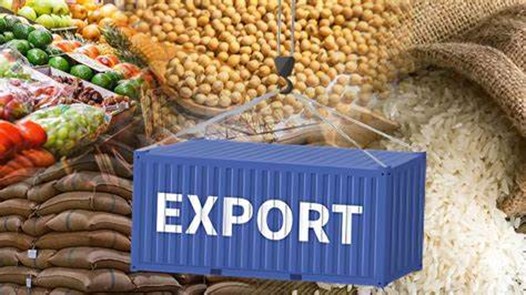
India’s agricultural exports
are highly vulnerable to fluctuations in global prices and demand since the country is dependent on five
commodities including rice and sugar according to the findings of a think tank
The Global Trade Research Initiative (GTRI) said these
five products — basmati rice, non-basmati rice, sugar, spices, and oil meals —
account for 51.5 per cent of India’s total agriculture exports
India also grapples with
various domestic challenges including infrastructural deficits, quality control
issues, and non-tariff barriers, all of which impede the growth and
competitiveness of its agricultural sector, it said.
This makes agri
exports vulnerable to fluctuations
in global prices and demand,†it said, adding these commodities also face
frequent export bans in India. At present export of non-basmati rice is
currently banned from India and India is also fighting at the WTO (World Trade
Organisation) to protect subsidies to rice and wheat under a public stock
holding program. Besides, certain WTO
member countries have taken India to disputes on sugar for providing subsidies
to farmers. “All this makes India’s top exports vulnerable and uncertain,†it
added.
To deal with the issue, the
think tank has suggested the government to focus on areas like modern
infrastructure for the sector. The
report said China with higher rice productivity does not encourage export of
rice as every kg of rice products can consume up to 80 litres of water.
India’s agricultural trade
landscape presents a challenging scenario during the current financial year.With
agriculture exports and imports projected to reach 43.3 billion US dollars and
33 billion US dollars, respectively, the sector is experiencing a significant
downturn compared to the previous year, it added.
Exports will decline by 7.2
per cent and imports by 10.1 per cent in 2023 over 2022. India’s agriculture
exports will be 10.1 per cent of India’s merchandise exports.â€This decline is
exacerbated by the concentration of exports in a few products like rice and
sugar, making the market susceptible to global price fluctuations and policy constraints,
such as export bans and WTO disputes